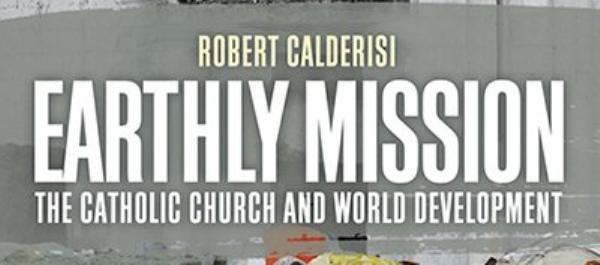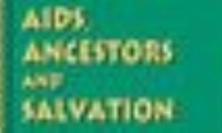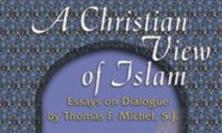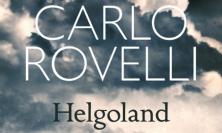Robert Calderisi’s Earthly Mission: The Catholic Church and World Development, could not have been published at a more apt time. Since the election of Pope Francis, people of all faiths and none are showing renewed interested in the Church, and Calderisi’s book will give a helpful overview to anyone who seeks an understanding of the Church’s role in global development over the last sixty years.
Calderisi states that his book is for the general reader; it is not aimed particularly at a Catholic or academic audience. The author draws on anecdotes and stories from his interviews with people around the globe, as well as some statistics, to show how the Church, as a vast network, is able to go where others cannot and to reach where others will not. Catholicism accounts for 17 percent of the world’s population; and the Church’s 140,000 schools, 18,000 clinics and hospitals, and 37,000 centres for informal education allow it to touch those in need. The subject matter is so vast that Calderisi has had to make choices about what to include and what to omit, and as such he claims that the book can only be an introduction to the Church’s role in the developing world.
The book starts with the stories and witness of Dom Hélder Cámara and Denis Hurley, two church leaders who felt called to speak out against injustice in their respective countries of Brazil and South Africa. The next chapters look at some of the Catholic Church’s history and teaching from the late 1800s and explore the Church’s relationship with development, both the way it has hindered and helped the alleviation of poverty. The main body of the book looks in more detail at the Catholic Church in Africa, Asia and Latin America, focusing on its role in education, services and advocacy respectively. Included in the book is a critical reflection on how the Church in Rwanda responded to the genocide, while another chapter explores the impact on population of church teaching on contraception and the Church’s dealings with the HIV/AIDS pandemic. Calderisi also examines the Church as a network, both the Caritas agencies and other new movements within the Church. The concluding chapters assess the impact of the Catholic Church on development and stress the challenges that lie ahead.
The large picture that Calderisi paints is one which, by his own admission, ‘has as many angles as a Cubist painting’. He writes very much from his own viewpoint, as a liberal Catholic and an economist who has worked in international development for over thirty years, including at the World Bank. One of the riches of the book is the variety of people to whom the author has spoken – from Archbishops in the Vatican to rebellious religious in Bangladesh, from development officials to Caritas workers. The impression is of a well-connected author who knows his subject-matter. This strength, though, is occasionally a weakness in that sometimes the author jumps from one story to another and you have the sense that he wants to include everybody’s story in the book.
When I give workshops to CAFOD staff on ‘An introduction to Catholicism’, I remind them that the Catholic Church includes as many Borgias as it does Romeros, as many sinners as saints. Earthly Mission has more saints in it than sinners, and some of the stories told are truly inspiring. Calderisi gives many examples, including the example of Dick Timm, a member of the Congregation of the Holy Cross who helped set up 17,000 social awareness groups in Bangladesh and later went on to head up the Justice and Peace commission in that country, insisting on a living wage for the Church’s own employees.
The author is clearly ‘in love’ with his subject and wants to share the good the Church has done, but he is also unafraid to critique the institutions and the individuals who have failed to live up to the challenge of the gospel. Calderisi raises some important questions near the end of his book which might well be of more interest to Catholics than to others. In particular, he asks what constitutes Catholic identity, particularly in the context of development agencies. His view would be that becoming more Catholic does not mean an entrenchment in doctrine, but an openness to working with all those concerned to eradicate poverty.
Calderisi writes well and fluently, and will give any reader a ‘flavour’ of the global Church. For a more in-depth historical, political and theological reading of the Church over the same period, I would also recommend Ian Linden’s Global Catholicism: towards a networked Church (revised in 2012). Both books cover the meeting of religion and development and the sometimes tense, sometimes fruitful, relationship which ensues. For Calderisi, this is depicted most clearly through the stories of men and women ‘who have struggled to do good in forbidding circumstances.’
Susy Brouard is the Theology Programme advisor at CAFOD and is currently undertaking doctoral studies in the area of pedagogy and Catholic social teaching.






